Vila Viva is a large-scale urban renewal programme across 12 informal settlements in the city of Belo Horizonte, Brazil. Using participatory governance models, the city has delivered vast urban renewal initiatives, land regularisation and community development activities that have benefitted residents’ health in numerous ways. Evaluations of the programme demonstrate success through multiple indicators, including reduced homicides and improved connectivity to infrastructure and community services.
This project is featured as one of our healthy urban development case studies and this case is adapted from the full version in Healthy Urbanism.(1)
| Location | Belo Horizonte, Minas Gerais, Brazil |
| Project type: | Informal settlement regeneration |
| Project size: | 12 informal settlements within the city |
| Goals: | Environmental improvements, community development, participatory governance and legalising land holdings. |
| Date started: | 2005 |
| Date completed: | Ongoing |
| Project cost: | More than USD 265,000,000 |
| Stakeholders: | Urbanization Company of Belo Horizonte (URBEL), National Bank for Economic and Social Development (BNDES), Ministry of Cities, Caixa Econômica Federal (CEF) bank. |
| Website: | https://prefeitura.pbh.gov.br/urbel/vila-viva |
This vast urban renewal programme covers a sizable portion of the population. Informal settlements in Belo Horizonte that are eligible for the Vila Viva programme are termed by the city as Zones of Special Social Interest (Zonas Especiais de Interesse Social, or ZEISs), of which there are 216 with a population accounting for roughly 19% of the city’s inhabitants.(2)
A distinguishing feature of the Vila Viva programme was the use of participatory governance models in planning for the renewal initiatives. Community participation was integral to all stages of the programme, from the planning process through to implementation. A ‘Specific Global Plan’ was created for each settlement by URBEL technical experts and a Reference Group of community leaders and residents, who received training to support them with this task. The Reference Groups were also involved in monitoring and follow-up activities. The SGPs detailed residents’ desires for urban renewal, which primarily related to access to services and infrastructure, road improvements, slope containment and sanitation (i.e. pest removal).(3) The SGP was also a requirement for allocation of money from the Municipal Participatory Budget, a form of public sector budget that involves deliberation with elected officials and members of the public. Brazil is seen as a global leader in participatory budgeting with a clear social purpose, which is likely to bring about positive health benefits for residents.(4)
Health and wellbeing
Urban renewal programmes such as Vila Viva can impact health and wellbeing in numerous ways – reducing environmental health risks, increasing empowerment and security through legalisation of land tenure and reducing vulnerability to climate change impacts.(5,6)
A summary of health-related initiatives and achievements of the Vila Viva programme is shown in the tables below as viewed through the THRIVES framework (7), using information from project evaluations.(2,8)
| Planetary health | Although details were not found for Vila Viva, researchers suggest that in similar Latin American upgrade projects, biodiversity and energy efficiency were supported by improvements to infrastructure, housing and public space.(9) |
| Ecosystem health | Installation of networked drinking water, electricity and basic sanitation. New streets and public squares built. Engineering works to prevent and eliminate risk areas for landslide and flooding. |
| Local health | Road infrastructure improvements resulted in access to refuse collection and emergency services. Installation of public lighting. Creation of six new parks, four children’s centres/schools, two social assistance centre and two sports centres. Construction of housing, in the form of 2-3 bedroom apartments. Job and income generation programmes. Land ownership regularisation and legalisation. |
| Inclusion | The programme has adopted an inclusive process whereby the local community were engaged with often to assess their needs and gauge their reactions to the interventions. An overall objective of the urban renewal programme is to promote social inclusion among vulnerable families, fostering access to education, health, culture, sport, food supply, social welfare, citizens’ rights. It is felt that social inclusion will help to reduce risk factors and social vulnerability among those inhabitants. |
| Equity | Equity is at the centre of this programme. The slums of Belo Horizonte suffered from disenfranchisement from the formal city structure. Inadequate access to clean water, sanitation infrastructure, solid waste collection, and poor roadway and public transport conditions resulted from this inequity. The overall urban renewal programme aimed to reduce barriers to property rights, representation, and access to services. Some of these aims were achieved through changes and interventions in the built environment (e.g. water treatment plants) and some aims were met via social policies and programmes. |
| Sustainability | Vila Viva included three channels for a sustainable settlement: 1) sustainable land tenure, 2) land development and establishing infrastructure and 3) sustainable socio-economic development. |
Images provided by URBEL show one of the informal settlements, Aglomerado da Serra, before and after the intervention.

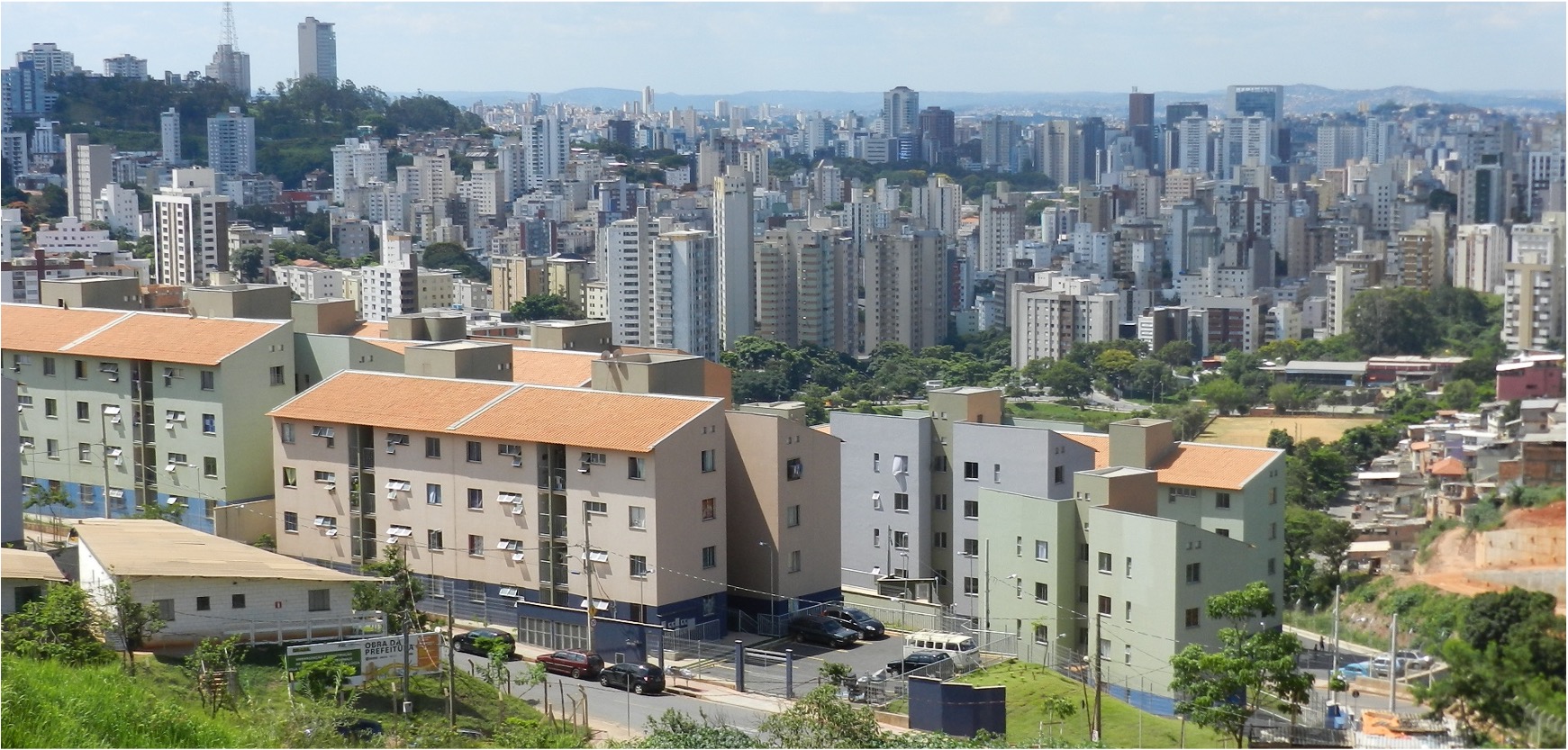
Additional images provided by municipality and OSUBH show the area and research field work.
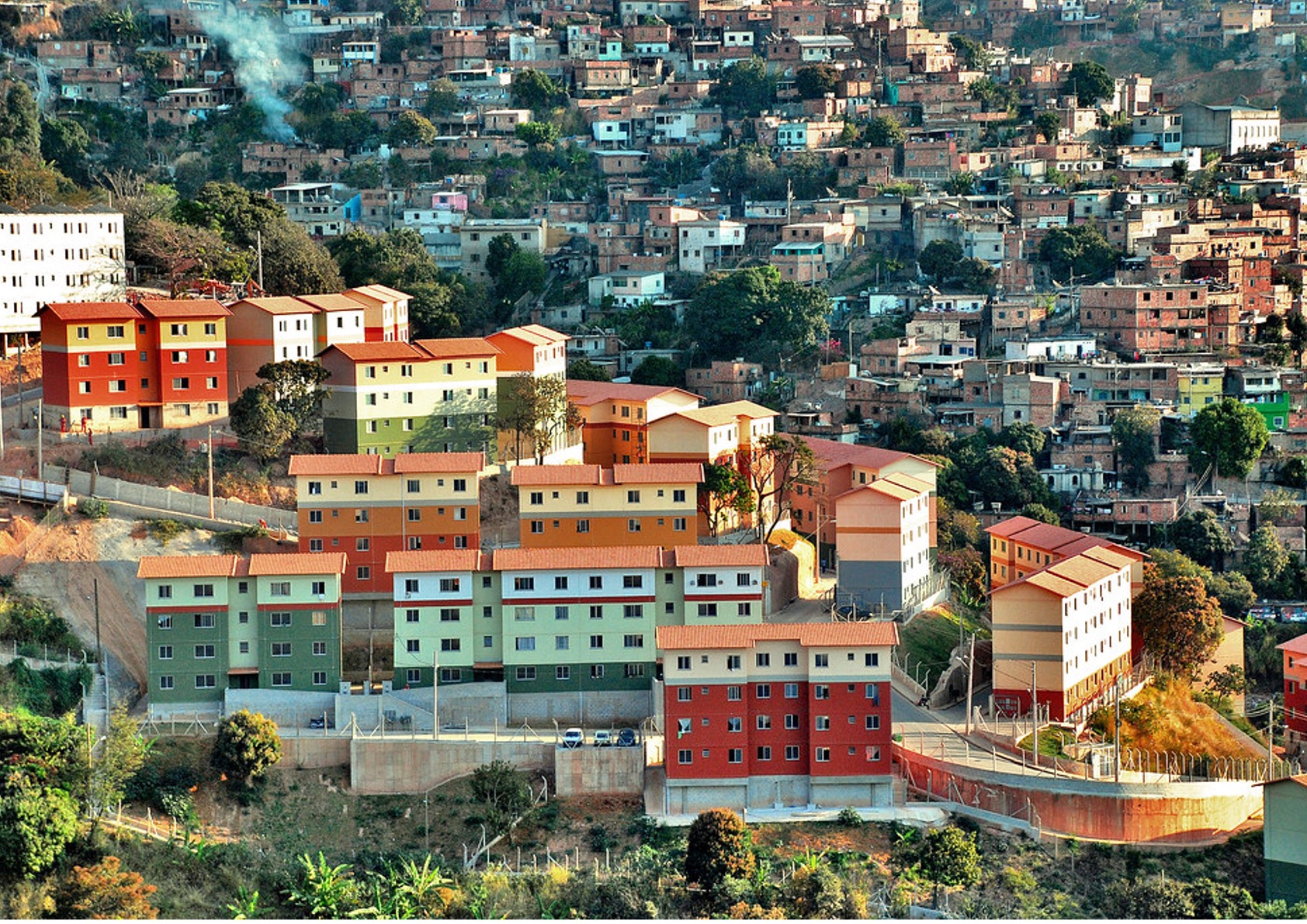
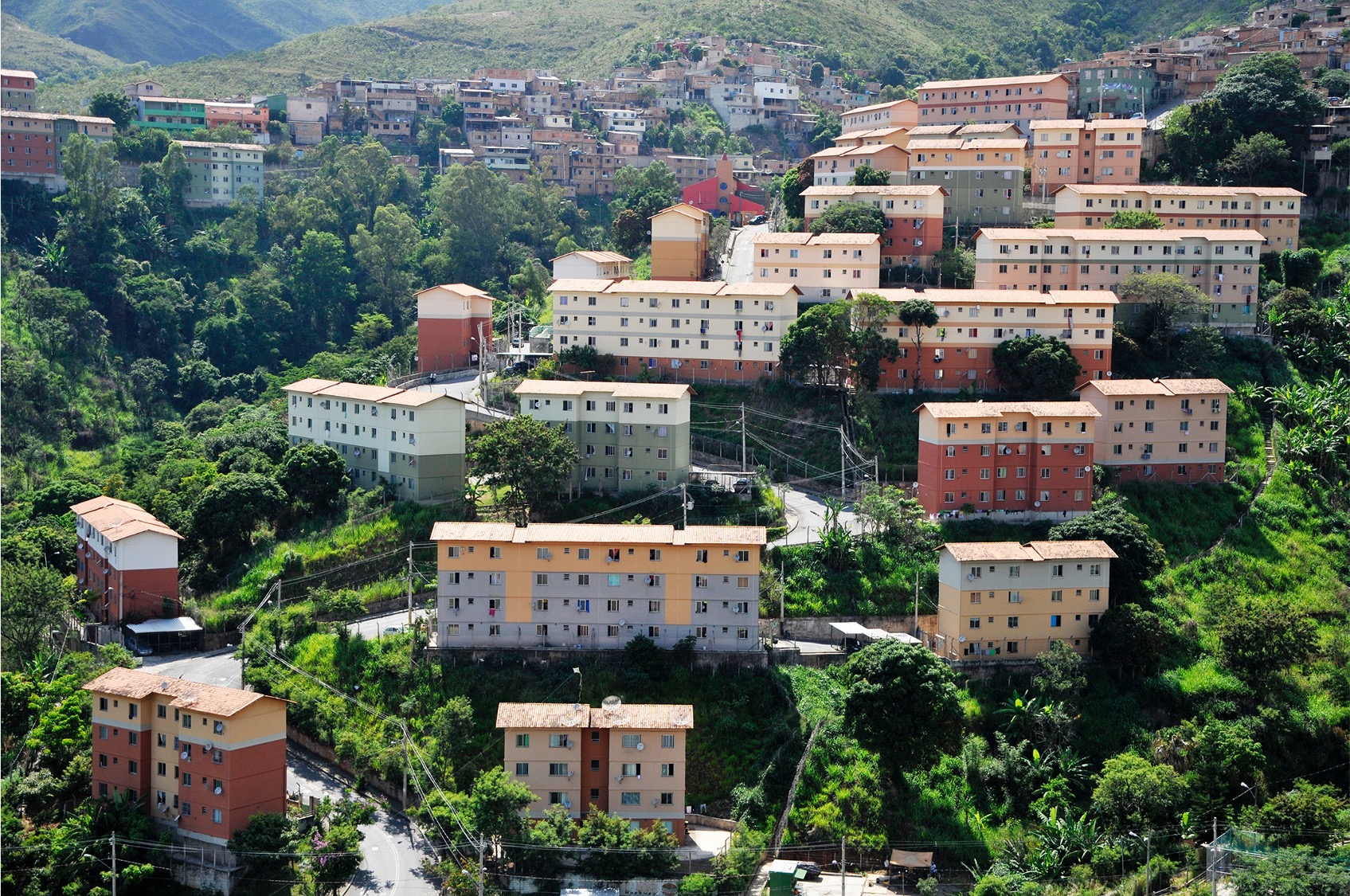
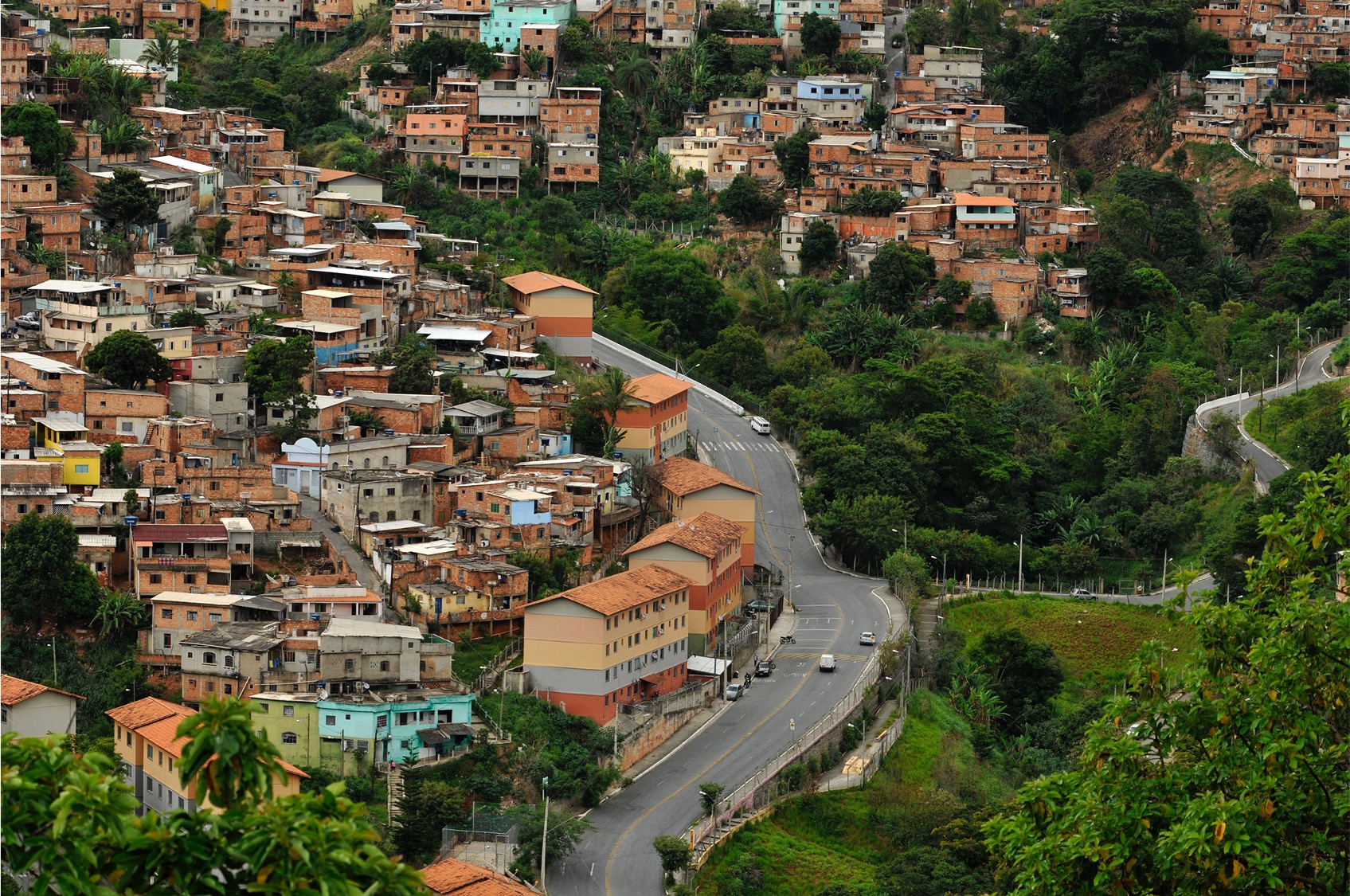
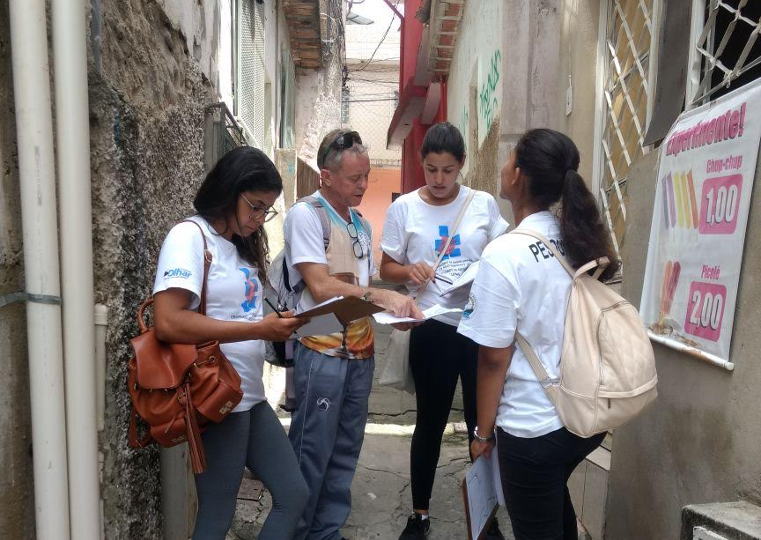
Achievements
Multiple evaluations have demonstrated the outcomes achieved through the Vila Viva programme and some are ongoing (LINK). Urban health indicators monitored and analysed by the Observatory for Urban Health in Belo Horizonte (OSUBH) were influential in policy development, investment and evaluation of the Vila Viva programme, showing the importance of urban data initiatives with social purpose (10) (see images above).
Key achievements include:
- Homes at geological-geotechnical risk reduced by 74.5%.(8)
- Increased access to public services via the street building and widening initiatives, opening access to refuse collection, the passage of ambulances, vehicles and bus transport.
- The construction of new homes has reduced overcrowding and exposure to water-borne diseases.(8)
- Significant reduction in homicide rate in four out of five studied areas.(2)
Lessons learned
- This was a significant urban transformation programme involving a large number of residents, creating complications for mobilisation and participation on some phases of the programme. One analysis in the pilot slum of Aglomerado da Serra, found that the perspectives of some residents were under-valued and this contributed to increased control by drug traffickers in the slum.(11)
- Roughly three-quarters of the residents who pre-existed the improvements were supported to move back into the area, with the remaining living elsewhere in the city, the wider city-region and the state. However, the resettlement procedures were considered to be problematic by some residents.(12)
- Other reported challenges for the project include difficulty with the implementation of sectoral policies and the lack of planning in some initiatives.
More information
- Pineo, H., 2022. Healthy Urbanism: Designing and Planning Equitable, Sustainable and Inclusive Places. Palgrave Macmillan, Singapore.
- Dias, M.A. de S., Friche, A.A. de L., Mingoti, S.A., Costa, D.A. da S., Andrade, A.C. de S., Freire, F.M., Oliveira, V.B. de, Caiaffa, W.T., 2019. Mortality from Homicides in Slums in the City of Belo Horizonte, Brazil: An Evaluation of the Impact of a Re-Urbanization Project. Int. J. Environ. Res. Public. Health 16, 154.
- Silveira, D.C., Carmo, R.F., Luz, Z.M.P. da, 2019. Planning in four areas of the Vila Viva Program in the city of Belo Horizonte, Brazil: a documentary analysis. Ciênc. Saúde Coletiva 24, 1165–1174.
- Campbell, M., Escobar, O., Fenton, C., Craig, P., 2018. The impact of participatory budgeting on health and wellbeing: a scoping review of evaluations. BMC Public Health 18, 822.
- Corburn, J., Sverdlik, A., 2017. Slum Upgrading and Health Equity. Int. J. Environ. Res. Public. Health 14, 342.
- Friche, A.A. de L., Dias, M.A. de S., Reis, P.B. dos, Dias, C.S., Caiaffa, W.T., 2015. Urban upgrading and its impact on health: a “quasi-experimental” mixed-methods study protocol for the BH-Viva Project. Cad. Saúde Pública 31, 51–64.
- Pineo, H., 2020. Towards healthy urbanism: inclusive, equitable and sustainable (THRIVES) – an urban design and planning framework from theory to praxis. Cities Health 0, 1–19.
- Lopez, E., Carvalho, P., Pedrosa Nahasunder, M.I., 2010. Belo Horizonte, Brazil, Villa Viva Programme – Aglomerado da Serra.
- Núñez Collado, J.R., Wang, H.-H., 2020. Slum upgrading and climate change adaptation and mitigation: Lessons from Latin America. Cities 104, 102791.
- Dias, M.A. de S., Friche, A.A. de L., Oliveira, V.B. de, Caiaffa, W.T., 2015. The Belo Horizonte Observatory for Urban Health: its history and current challenges. Cad. Saúde Pública 31, 277–285.
- Beato, C., Velásquez, C., 2021. Participatory Slum Upgrading and Urban Peacebuilding Challenges in Favela Settlements: The Vila Viva Program at Aglomerado da Serra (Belo Horizonte, Brazil). J. Illicit Econ. Dev. 2, 155–170.
- Carvalho, A.M., Rezende, B. de M., Santos, D.G.O., Miranda, I.G., Merladet, F.A.D., Coelho, L.X.P., Oliveira, R.A.P. de, Isaías, T.L.S., 2012. Vila Viva, a Project of Urban, Social and Political Organization of Aglomerado da Serra: Analysis of Effects.
